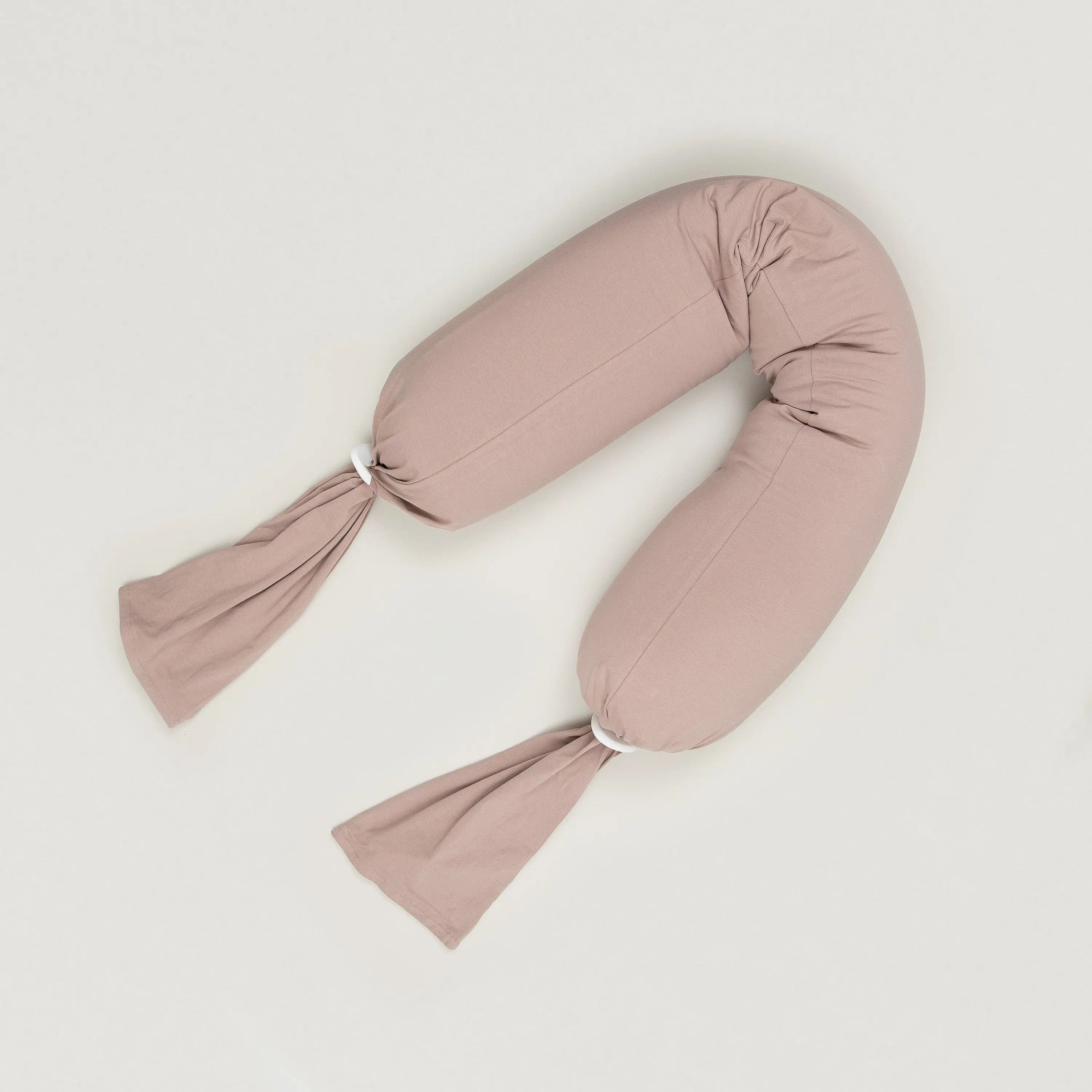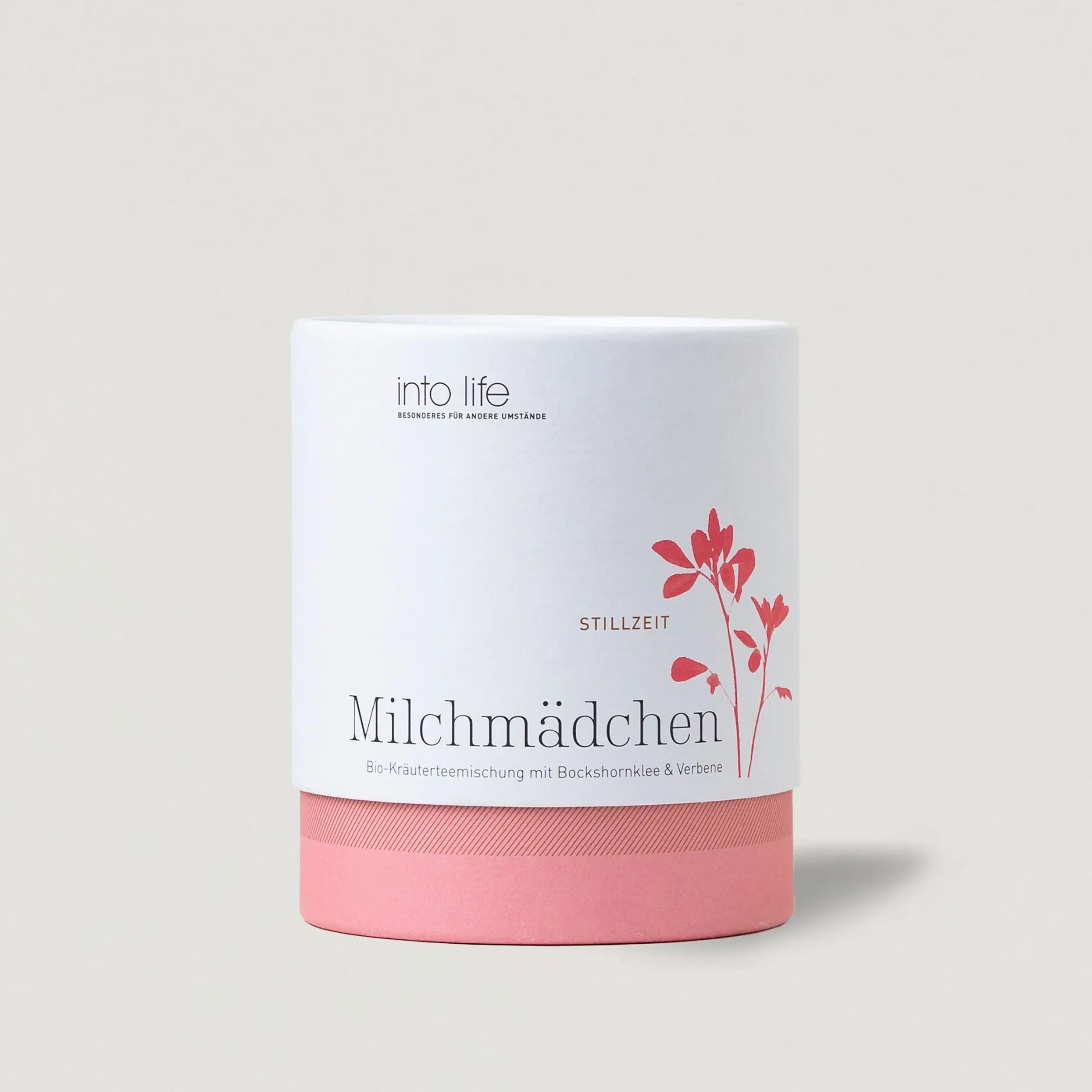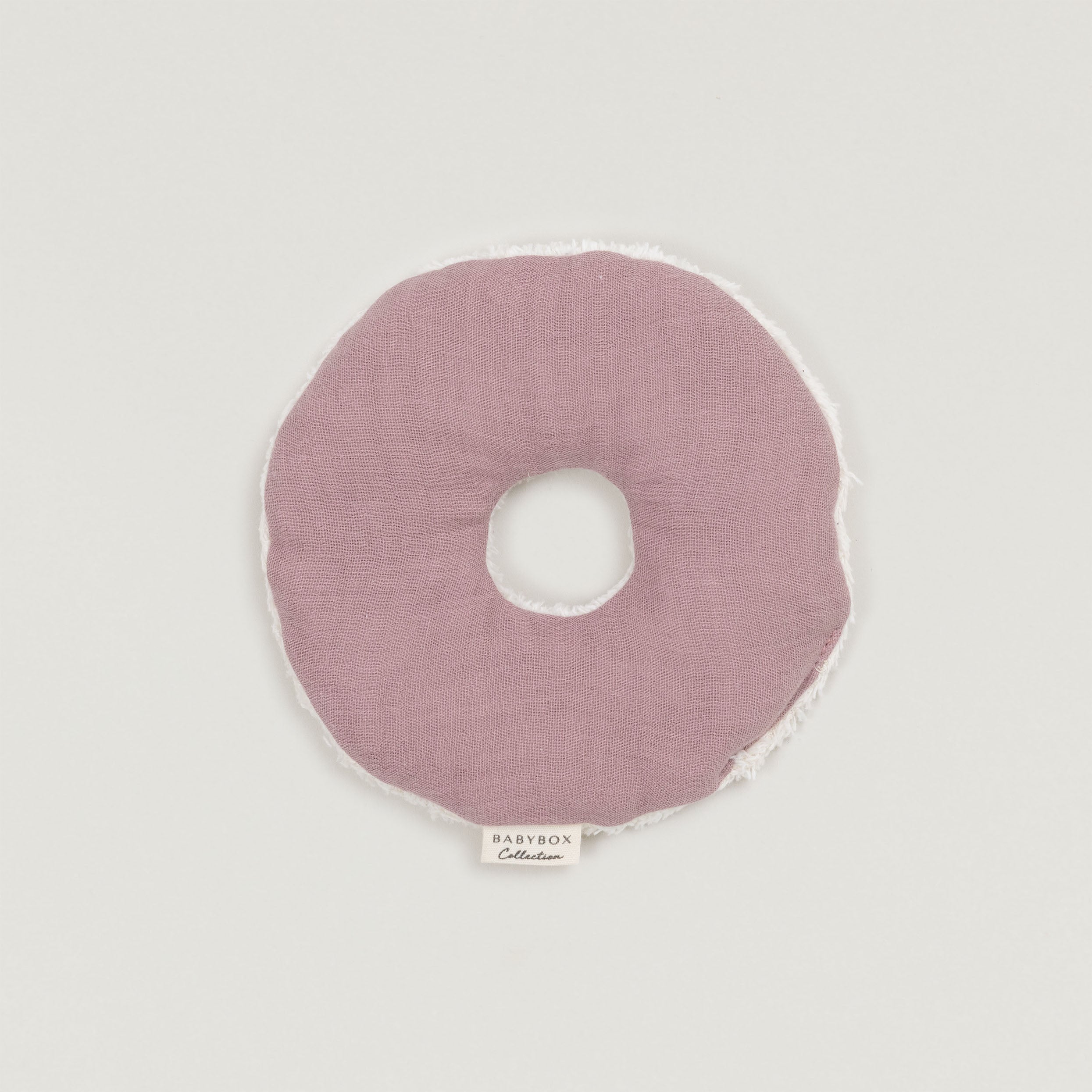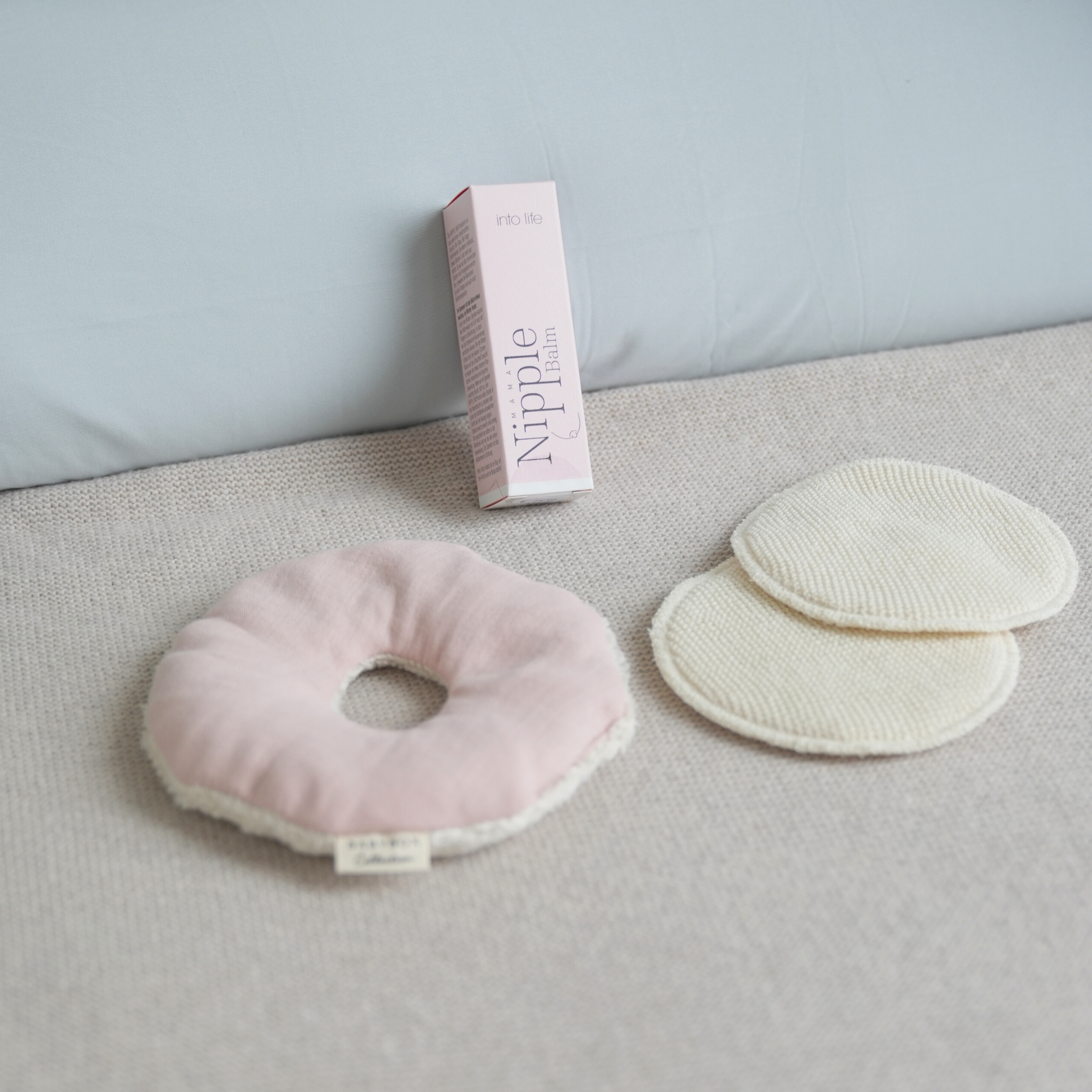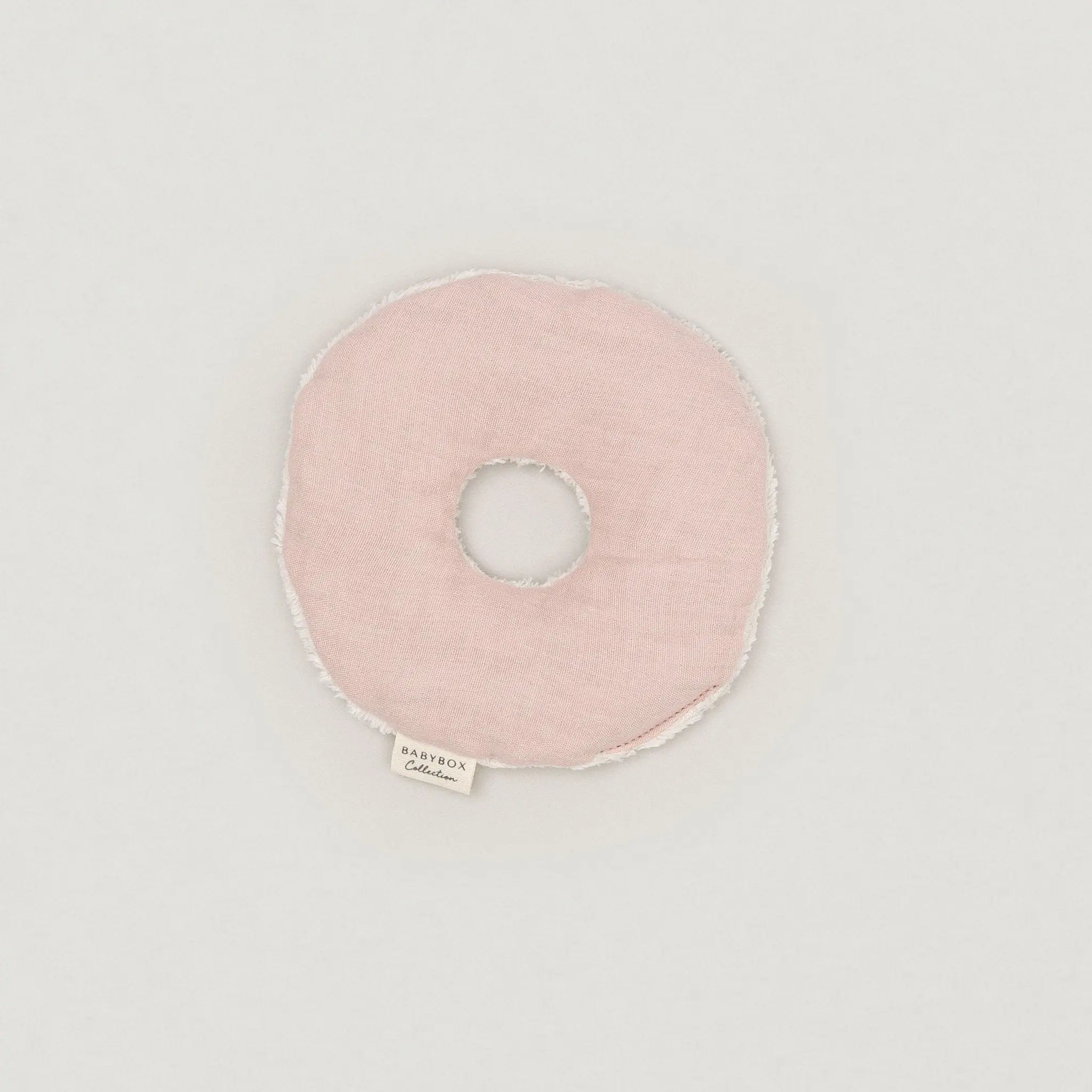Breast engorgement is not to be trifled with: the breast is red, hardened, pressure-sensitive areas make life difficult for you and, in the worst case, you will also get a slight fever. In addition, every application hurts - and how! Breast engorgement usually occurs suddenly and is by no means resolved that quickly. Persistent engorgement can also quickly develop into a breast infection (medically mastitis) - then it gets really serious. That's why you should treat any breast engorgement as soon as possible - our favorite midwife-approved tips are here!
Breast engorgement is actually the most common problem during breastfeeding and is almost always accompanied by flu-like symptoms such as headaches and body aches, fatigue, fever and chills. The cause is a disruption in the milk ejection reflex, which is usually triggered by stress, overwork and exhaustion.
Basically, one can say that engorgement is almost always a signal from your body that something is wrong. It can be clear, especially in the first few weeks of childbirth, that one breast simply produces more milk than the other or that your baby prefers one side. Even tight bras can constrict a mammary gland so much within a very short time that mild engorgement occurs. Drafts, cold or a covered milk duct can also promote milk engorgement. Most of the time, however, stress is actually the culprit, as well as hormonal fluctuations and too much to be expected of oneself too early, while the body is not yet ready for it.
So always seek immediate advice from your midwife, a lactation consultant or gynaecologist. They can quickly determine with you whether you are really producing too much milk, whether you are currently under more stress than you should be, or whether the engorgement may have psychological causes. Because these then have to be tackled so that the next breast engorgement does not occur in a few days. But what can you do in the meantime to loosen the engorgement and get a quick fix
7 tips against engorgement
1. Get to the bottom of the cause and demand time for healing - also from yourself
That's easy to say, but in reality it's not always. After all, there are about 100 things a day that you as a new mom want and need to take care of. Giving yourself peace of mind and communicating right from the start that you need support is the be-all and end-all - and at the same time taking a step back to see where the engorgement originates. Bet it's just a bit too much on your to-do list?
2. Put on a lot - even if it hurts at first
Perhaps the most important thing about engorgement is to empty the breast. Your baby is best at this - if possible, make sure that they are lying with their lower jaw towards the congested area. So this region can be drunk empty and the traffic jam gradually dissolves by itself.
3. Heat helps
This widens the milk ducts. A hot shower before breastfeeding or a heat pack that clings to the breast while the baby is drinking can often cause small engorgements. Red light is also suitable for warming up the breast in advance!
tip
Still donut with grape seed
4. Massage hardened areas
It can also be very pleasant to evenly massage the congested area with a vibrator or an electric toothbrush - this loosens it and can help to loosen the congestion. But please be careful: do not press on too hard to avoid damaging the sensitive tissue!
5. After breastfeeding: cool the breast
This helps to close the mammary glands again after breastfeeding and is also incredibly pleasant! Here nature offers great sources that have it all. We recommend quark or white cabbage wraps to cool the breast after breastfeeding. How does it work and what can they do? We have summarized it for you here !
Quark wrap & white cabbage
The good of nature

These useful helpers from nature work and are easy to use at home. We tell you why and how to do it.
6. If all else fails: pump
If your baby just doesn't want to drink enough to get rid of the engorgement quickly, expressing milk can be a great solution. But be careful: Electric or hand pumps also stimulate the flow of milk at the same time, so it's wise to wait until nothing else works. Expressing the milk carefully with your hands (e.g. in the shower) is often a better option at first.
Tip: There are some pharmacies that rent electric breast pumps, so you don't have to buy them separately if you want to stick to occasional pumping. It's worth finding out which pharmacy in your area might be the right choice for you while you're pregnant!
7. Very important: Treat yourself to the rest your body needs
Yes, that's double now, but can't say enough: resting is so, so important. No, engorgement doesn't automatically require strict bed rest, but downshifting a gear (or gears!) can definitely only be beneficial. After all, your body is clearly showing you that something is wrong.
Fortunately, breast engorgement can be resolved easily in most cases. With a little patience and calm, the worst should be over within a few days or even just a few hours. Any symptoms should subside within 24 hours, if the hardening has been there a little longer it is not a cause for concern. After 48 hours, however, you should definitely seek medical help, because you should not underestimate breast engorgement! On the contrary: It is perfectly fine to ask for support and to have it given to you. Even if it's "just" a blocked duct and not a serious illness: It's really stressful and painful! Taking it easy on yourself and taking all the important steps to solve the engorgement as quickly as possible will not make you look weak, I promise!
Incidentally, homeopathic remedies such as Belladonna C30 can also help, but you should definitely discuss this with your midwife or gynecologist or lactation consultant.




